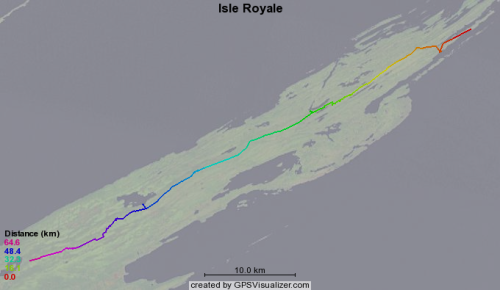Since this post I've upgraded my mailman installation to a newer version, which allows me to automatically reject messages from non-subscribers without having to resort to external scripting.
However, some of the mailing lists I run are subscribed to by a significant number of members who can't be counted on to post from the email address with which they subscribed, or indeed to even understand what that means. For those lists a policy that automatically rejects messages from non-members is just too draconion. Unfortunately, that means the few spam messages a day from non-members which make it past my filters but would normally be automatically rejected due to their non-member origins have be manually discarded so that I can approve the few non-member messages per month that really do belong on the list.
